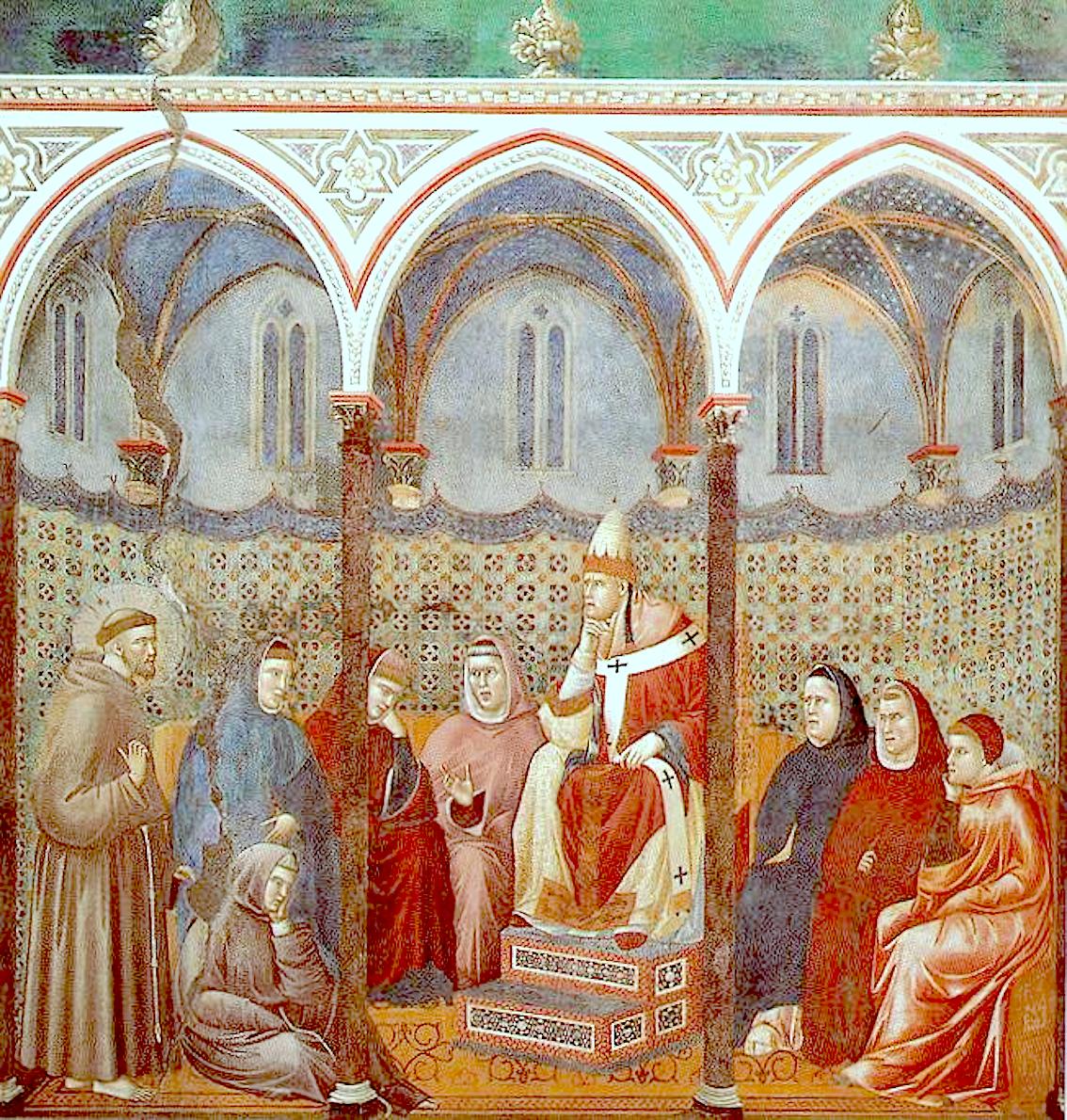About 15 years ago, I prepared an elective class at Mundelein Seminary which I entitled «The Christology of the Poets and Preachers.» In this course, I endeavored to explore the Catholic tradition’s non-technical, more lyrical manner of presenting the significance of Jesus. I studied the literary works of Dante, Gerard Manley Hopkins, and G.K. Chesterton, and I also investigated in detail the sermons of many of the greatest masters: Origen, Augustine, Chrysostom, Bernard, Aquinas, Newman, and Knox, among others. What struck me with particular power, and caused me, I confess, to re-think things rather thoroughly was this: none of these figures – from the late 2nd century to the 20th century – whose sermons we specially revere and hold up for imitation, preached the way I was taught to preach.
I came of age and went through my theological and pastoral formation in the years immediately following the Second Vatican Council. The watchwords of the time were «relevance» and «experience.» Practically every teacher and Church leader of the time insisted that our theological language had become increasingly irrelevant to modern people and that we had to find, accordingly, a way to relate the Bible to lived human experience. In line with instincts that go back at least to the beginning of the 19th century within Protestantism, we felt obliged to engage in a great «translation project,» transposing the obscure and puzzling world of the Scriptures into the language and conceptuality of our time. The consequences of this shift for preaching were obvious. Sermons should be filled with references to the actual lived experiences of the congregation; they should be marked by stories and cultural references; and they should use a good deal of humor. Now don’t get me wrong: the emphases of the post-conciliar period were not entirely misplaced, and the sermons that came out of that time were not entirely bad. But they were indeed egregious when seen in the context of the great tradition. It’s simply the case that none of the master preachers that Catholicism reverences actually preached in that way.
How did they preach? They took their listeners/readers on a careful tour of the densely-textured world of the Bible. The Scriptures, they knew, open up an entirely new acting area, filled with distinctive characters who do and say anomalous and surprising things. And they understood that through all of the twists and turns of the Biblical story, the strangest and most unnerving character of all comes into view: the God of Israel. To get these figures and to grasp the nettle of the great story, one has to enter into the jungle of the Bible with patience and under the direction of an experienced and canny explorer. And this was precisely the role of the preacher: to be a mystagogue, a knowing guide through the tangled forest of the Scripture.
I might propose an analogy with some well-known literary texts. Umberto Eco’s novel The Name of the Rose is a wonderful amalgam of detective story, Bildungsroman, and metaphysical exploration; and it commences with a lengthy description of life in a 14th century Benedictine monastery. To those who questioned why this lengthy propaedeutic was required, Eco said, «my reader must go through a sort of monastic novitiate if he is to understand the story I’m trying to tell.» J.R.R. Tolkien’s masterpiece The Lord of the Rings, which is a rollicking adventure story and an evocation of the Catholic faith, begins with about 75 pages describing the birthday party of Bilbo Baggins. When Tolkien was challenged on this score, he responded in a manner very similar to Eco: his reader, he explained, had to learn the languages, characters, weather, topography, and history of his imaginative world; otherwise they would never get what Tolkien was trying to communicate. Though he never said so explicitly, we could deduce the same principle from Melville’s lengthy (even tiresome) detailing of the arcana of whaling in the middle of Moby Dick. We might sum this up as follows: entering the world of a text is required if one is to understand the thematics of a text.
So a good preacher unfolds the patterns of meaning within the Biblical universe-precisely so as to draw our world into that world. The fundamental problem with much of the preaching after Vatican II is that it got this principle backward. It tended to make the Bible accessible to our consciousness and thereby tamed it and domesticated it, often turning it into a faint echo of what could be heard in any other religious text or within the culture itself. But if what the preacher is offering is what can be found, often in more compelling form, elsewhere, people will leave the Church in droves.
The Methodist theologian Stanley Hauerwas relates a story of his time as Gifford Lecturer in Scotland. He had been invited to preach at the Cathedral of Edinburgh and discovered a practice that went back to the Reformation period: a sexton of the Cathedral literally locked Hauerwas into the pulpit and told him that he wouldn’t let him out until he had preached the Gospel! Now I don’t entirely subscribe to the 16th century Protestant idea of what the Gospel is, but I love the instinct behind that discipline. We shouldn’t allow preachers to run away from the density, complexity, and sheer weirdness of the Bible. We should lock them into their pulpits until they display the world of the Scriptures!
—
Bishop Robert Barron is an auxiliary bishop of the Archdiocese of Los Angeles and the founder of Word on Fire Catholic Ministries.



